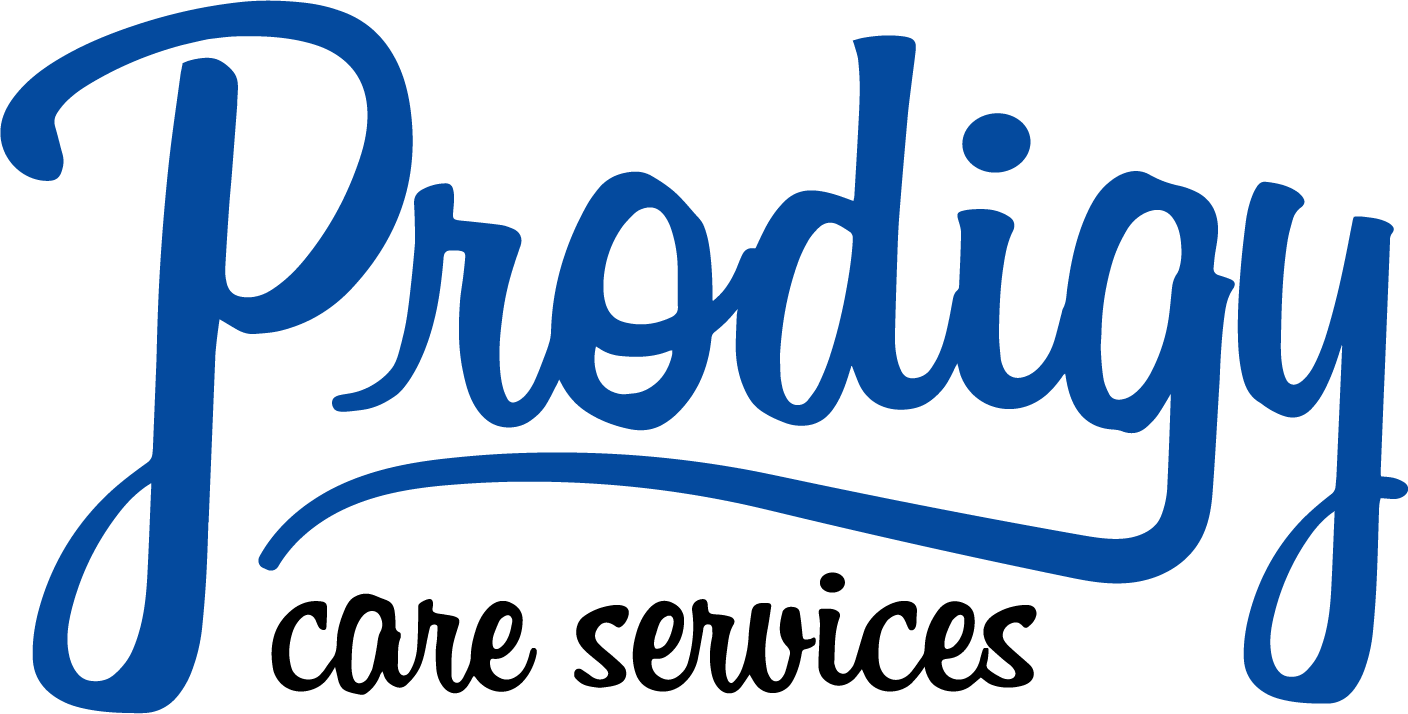Ozempic, Wegovy and Opioid Use Disorder
Opioid use disorder (OUD) is a complex condition with significant impact on individuals and communities, affecting 3% to 19% of patients with prescription pain medication users [1]. Recently, there's interest in the potential of medications like Ozempic and Wegovy in managing OUD. Let's explore this connection.
Understanding Opioid Use Disorder
Opioids encompass prescription pain relievers such as oxycodone and hydrocodone, alongside illegal substances like heroin. Though effective for pain management when used as directed, they pose a significant risk of dependence and addiction. Opioid Use Disorder (OUD) emerges when individuals exhibit compulsive opioid use despite adverse consequences [2].
In the brain, opioids interact with mu opioid receptors distributed throughout the brain, initiating signaling cascades that cause pain relief. Beyond pain relief, they activate the brain's reward pathways, eliciting pleasure. This pleasurable association can lead to cravings as certain brain regions record these experiences. Prolonged use can induce tolerance, necessitating higher doses for the same effect. Additionally, withdrawal symptoms upon cessation drive individuals to seek opioids to avoid discomfort [3].
This cycle culminates in OUD, with profound repercussions extending beyond individual health to encompass relationships, work, and overall quality of life. Addressing OUD typically necessitates a multifaceted strategy involving behavioral therapies, support groups, and occasionally medication-assisted treatment.
Introducing Wegovy (and Others like Ozempic)
Glucagon-like peptide-1 (GLP-1) is a natural hormone produced by the body in response to meals. Wegovy, a GLP-1 receptor agonist, mimics these effects. Originally developed for type 2 diabetes management, it shows promise in addressing obesity. By increasing insulin secretion, reducing glucagon production, and delaying gastric emptying, semaglutide promotes satiety, aiding in glycemic control and weight loss [4]. Additionally, studies show that it alters food perception, dampening reward responses in the brain, which may decrease food cravings [5].
The (Potential) Link Between Ozempic, Wegovy and OUD
The potential link between Ozempic, Wegovy and OUD centers on their influence on the brain's reward system. Studies indicate that GLP-1 receptor agonists like Ozempic and Wegovy may modulate this system, potentially impacting addictive behaviors.
In a rat study, liraglutide, another GLP-1 drug, showed efficacy in reducing heroin intake and seeking behaviors [6]. While human clinical trials are limited, animal studies suggest GLP-1 receptor agonists could reduce opioid cravings and enhance OUD treatment outcomes. Currently, a study is underway to investigate liraglutide's potential to reduce opioid cravings in OUD patients, with results expected soon [7].
Researchers are actively exploring the neurobiological mechanisms by which GLP-1 drugs interact with the brain's reward pathways. These investigations extend to addiction management beyond OUD, including alcohol and nicotine use, broadening their potential therapeutic applications [8].
Conclusion
The convergence of Ozempic, Wegovy, and opioid use disorder represents a frontier in research with implications for cost and patient outcomes. Yet, numerous challenges and uncertainties remain, underscoring the importance of ongoing scientific investigation and collaboration.
In the absence of conclusive evidence, payers must collaborate with their PBMs to curb off-label prescribing, particularly for cosmetic purposes. As we navigate this dynamic landscape, prioritizing evidence-based practices, holistic care approaches, and the welfare of those grappling with opioid use disorder remains paramount.
By Monique Bactad, PharmD Candidate
For questions, e-mail pharmd@prodigyrx.com
Citations
“Opioid Use Disorder.” Psychiatry.Org - Opioid Use Disorder, Dec. 2022, www.psychiatry.org/patients-families/opioid-use-disorder.
Dydyk, Alexander, et al. “Opioid Use Disorder.” StatPearls [Internet]., U.S. National Library of Medicine, 17 Jan. 2024, www.ncbi.nlm.nih.gov/books/NBK553166/.
Kosten, Thomas R, and Tony P George. “The neurobiology of opioid dependence: implications for treatment.” Science & practice perspectives vol. 1,1 (2002): 13-20. doi:10.1151/spp021113
Collins, Logan, and Ryan Costello. “Glucagon-like Peptide-1 Receptor Agonists.” StatPearls [Internet]., U.S. National Library of Medicine, 13 Jan. 2023, www.ncbi.nlm.nih.gov/books/NBK551568/.
Pramanik, Priyanjana. “New Research Sheds Light on How GLP-1 Obesity Drugs May Change Food Cravings.” News Medical Life Sciences, 11 Mar. 2024, www.news-medical.net/news/20240310/New-research-sheds-light-on-how-GLP-1-obesity-drugs-may-change-food-cravings.aspx#:~:text=The%20evidence%20suggests%20that%20GLP,should%20be%20examined%20in%20humans.
Douton, Joaquin E et al. “Glucagon-like peptide-1 receptor agonist, liraglutide, reduces heroin self-administration and drug-induced reinstatement of heroin-seeking behaviour in rats.” Addiction biology vol. 27,2 (2022): e13117. doi:10.1111/adb.13117
“Use of a GLP-1R Agonist to Treat Opioid Use Disorder.” Clinicaltrials.Gov, Mar. 2024, clinicaltrials.gov/study/NCT04199728.
Klausen, Mette Kruse et al. “The role of glucagon-like peptide 1 (GLP-1) in addictive disorders.” British journal of pharmacology vol. 179,4 (2022): 625-641. doi:10.1111/bph.15677



